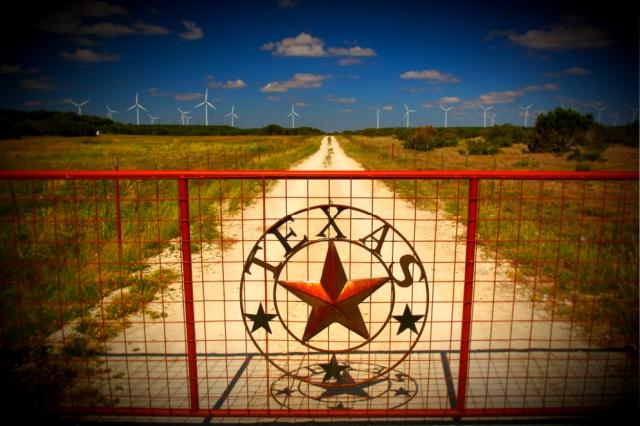
Wind turbines generated nearly a quarter of Texas’ power in 2020. (Source: Shutterstock.com)
Wind power surged past coal in Texas’ electricity mix for the first time in 2020, the latest sign of renewable energy’s rising prominence in America’s fossil fuel heartland.
Texas has been at the forefront of a surge in wind power construction across the U.S., pulling in tens of billions of dollars in capital investment over the past decade and rapidly expanding electricity generation from the fuel. Surging investment and job creation has helped the renewables sector win political backing in the state despite it being home to the country’s oil and gas sector.
Wind turbines generated nearly a quarter of Texas’ power in 2020, beating out coal’s roughly 18% share of the market, making it the second-largest source of generation in the state behind natural gas, according to data from the Electric Reliability Council of Texas (Ercot), the state’s main grid operator.
And the low carbon boom in Texas, by far the largest power producing state in the country with the second-largest population and a large base of oil refineries and petrochemical plants, looks set to gather pace from here.
Wind, solar and batteries combined make up about 95% of new generation capacity that project developers have proposed connecting to the grid in the coming years, according to Ercot.
President-elect Joe Biden has promised to deploy tens of thousands of new wind turbines and millions of new solar panels as part of a plan to put the U.S. on a path towards net-zero emissions in the electricity sector by 2035, a central pillar of his $2 trillion climate platform.
While wind toppling coal power in Texas helps in Biden’s efforts to green the American power grid, the stronghold of natural gas as the leading fuel in the electricity sector—it accounted for more than 40% of power generation—points to the difficulty the new president will have in achieving the net-zero target in just 15 years.
Curt Morgan, CEO of Vistra Energy, a big Texas-based power producer, told the Financial Times last month that replacing fossil fuels with renewables by 2035 would be “prohibitively expensive.”
Coal’s share of Texas’ power mix has fallen more than half from about 40% a decade ago, as the fuel has found itself under assault from cheap natural gas—the result of the boom in shale production—and from increasingly competitive renewables and tighter environmental regulations.
A number of Texas’ coal power plants have been retired in recent years, most recently American Electric Power’s Oklaunion facility in October. More could be forced out of business in the next couple of years as renewables capacity continues to muscle into the market, especially with solar power in the state now surging, argued a report last year from the Institute for Energy Economics and Financial Analysis.
“Coal-fired power generation in Texas, pummeled by clean, no-fuel-cost wind over the past 10 years, is about to be hit by a second wave of competition from renewables,” the report’s authors said.
Recommended Reading
Oceaneering Won $200MM in Manufactured Products Contracts in Q4 2023
2024-02-05 - The revenues from Oceaneering International’s manufactured products contracts range in value from less than $10 million to greater than $100 million.
E&P Highlights: Feb. 5, 2024
2024-02-05 - Here’s a roundup of the latest E&P headlines, including an update on Enauta’s Atlanta Phase 1 project.
CNOOC’s Suizhong 36-1/Luda 5-2 Starts Production Offshore China
2024-02-05 - CNOOC plans 118 development wells in the shallow water project in the Bohai Sea — the largest secondary development and adjustment project offshore China.
TotalEnergies Starts Production at Akpo West Offshore Nigeria
2024-02-07 - Subsea tieback expected to add 14,000 bbl/d of condensate by mid-year, and up to 4 MMcm/d of gas by 2028.
US Drillers Add Oil, Gas Rigs for Third Time in Four Weeks
2024-02-09 - Despite this week's rig increase, Baker Hughes said the total count was still down 138 rigs, or 18%, below this time last year.




